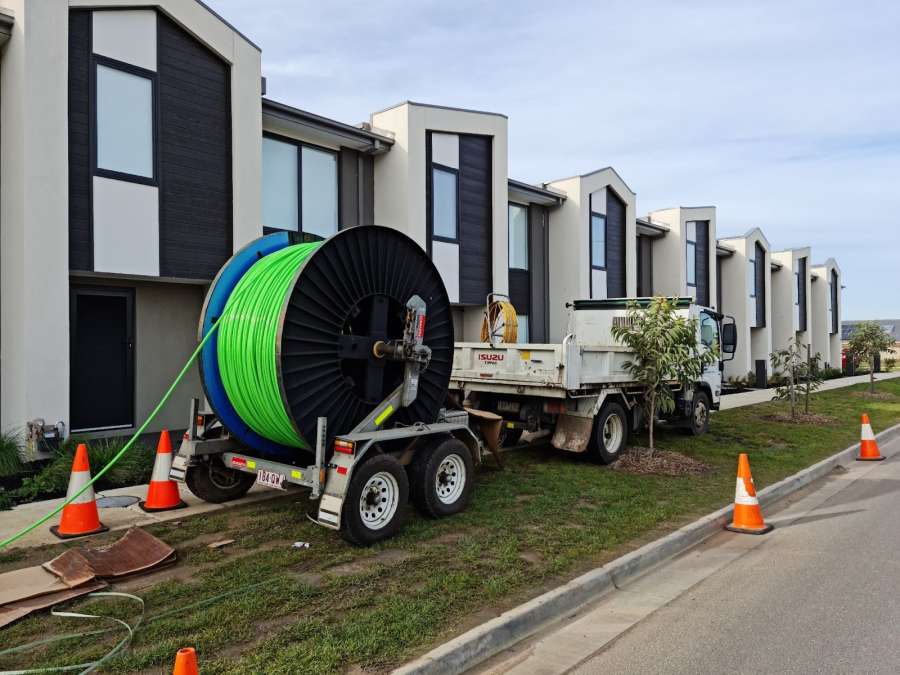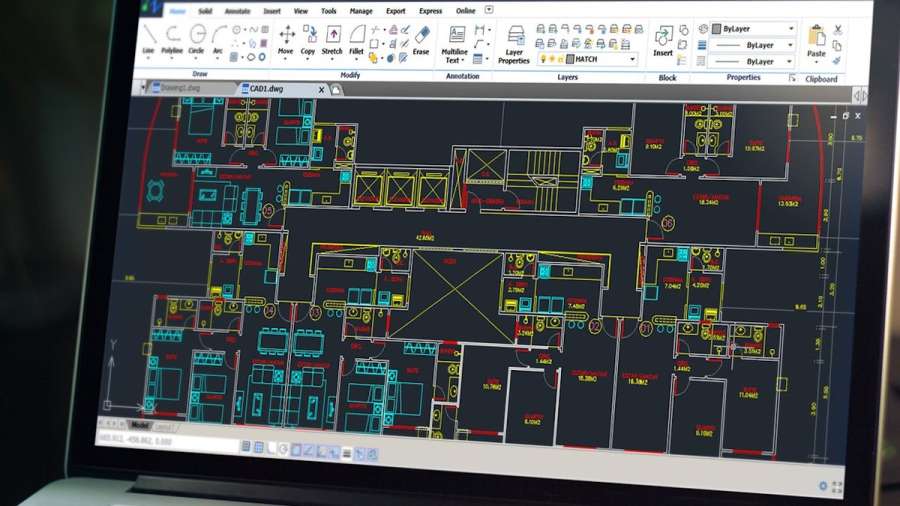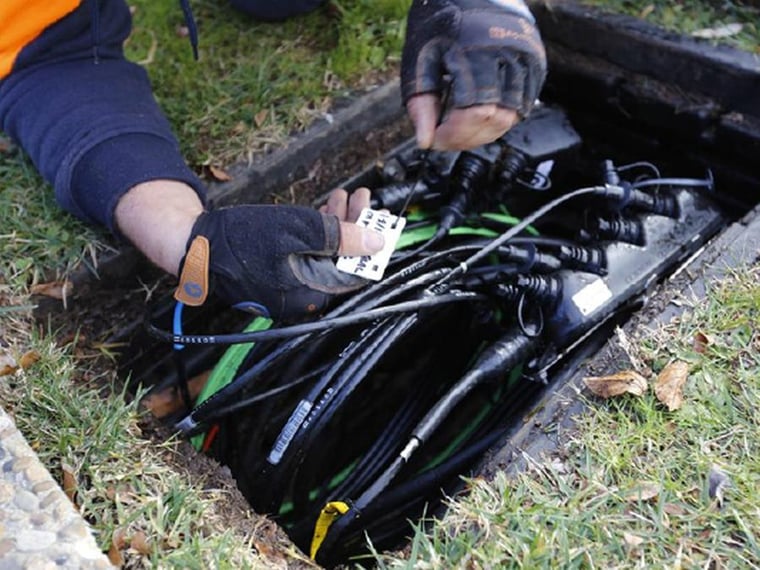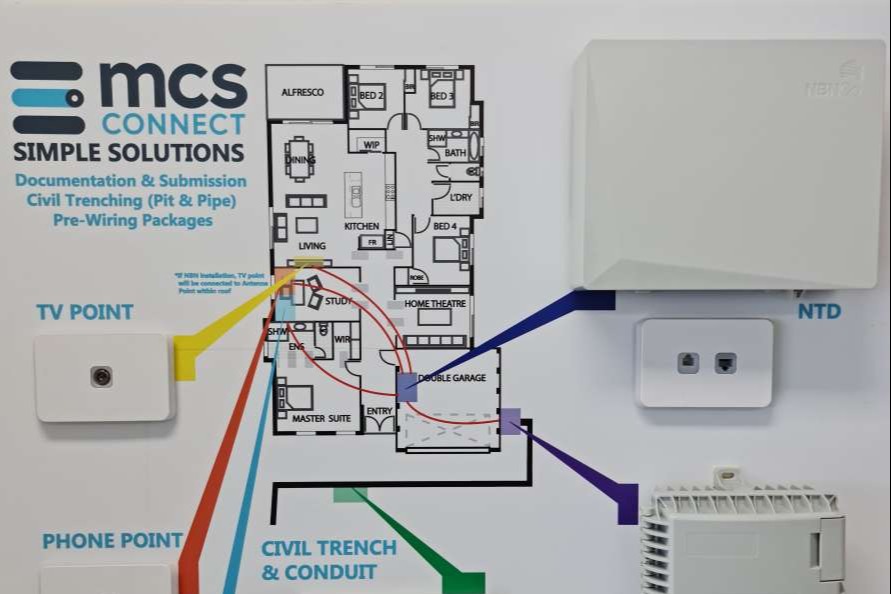
(03) 8592 8100

How Long Does it Take to Get Your Development NBN-Ready?
These days, all new residential developments must be NBN-ready to be granted a certificate of occupancy. And, to streamline the process and ensure compliance, most developers, surveyors and project managers now outsource this aspect to a qualified and experienced telecommunications contractor.
There are essentially four types of sites, each with a corresponding NBN design and application process:
- Internal pits required
- No internal pits required
- Basement carpark with MDF
- Vertical dwelling requiring pathway designs.
While there are variations in the process and timings of each, the minimum time required is similar across the board. But unfortunately, many do not allow enough time for the NBN requirements to be completed, which leads to a stressful last minute rush, or costly delays. So to help you avoid this and get your development NBN-ready on schedule, in this article we share some key information on estimated timings for each stage.
1) Get a quote
Once you’re ready to get the ball rolling and engage a telecommunications contractor, you can jump online to submit a quote request. You’ll need to provide the land owner’s details (as the registration with the network owner is always made with the land owner), your plan of subdivision (from the land surveyor) and site plan (if applicable). The quote will include pricing for all three steps required to get your property NBN-ready (installation, in-home wiring and compliance paperwork) and from there you can opt for the complete service or handpick certain parts.
Timing: Generally quote acceptance is forwarded within 3 working days, but during peak periods can be up to 7 working days.
2) Draft your telecommunication plans

NBN co requires you to submit accurate plans drafted in the correct format to obtain compliance documents. The MCS team can draft your plans in the required format for your project, or if the install has already been completed, your as-built designs can be submitted to NBN co with install information that has been provided by your electrician.
Timing: The timings on drafting up plans depends on the format and the size of the development. In general, we can prepare them within a week, from 2–3 days for a PDF only, to 5–7 days for AutoCAD designs.
3) Submit NBN New Developments Application
Once your plans are ready and you've supplied us with the development details, we'll submit and manage the NBN New Developments Application on your behalf. We'll keep you informed and updated throughout the process to keep things moving.
Timing: It is absolutely essential that you get this step completed as early as possible, allowing a minimum of 3 months for small (2-lot subdivisions) and a minimum of 6 months for all others, before service connection is required. As this is the minimum time NBN co advise it will take, it is highly recommended you allow more time if possible.
4) Complete infrastructure works

The telecommunications infrastructure works required will depend on the development, and may include pit and pipe, trenching and excavations as per your plans. Once internal infrastructure is installed, the asbuilt design is submitted, which allows for the inspection to be booked.
Timing: The time the infrastructure takes to complete is project dependent, and as a guide you can expect a 1-week lead time for the booking of works with MCS. Once the asbuilt design is submitted, the inspection is booked with a 21 working day time frame.
5) Organise for completion of street works
The street works are completed by the network provider and a contractor is mobilised once pipes from dwellings to the street are installed by the developer. Completion dates are confirmed beforehand, and this step must be organised directly with the network provider. Once contracts are signed and paid, a provisioning letter is provided for the development.
Timing: Check with your network provider directly for anticipated time frames for this step.
6) Complete internal wiring

The MCS team can complete the internal wiring on your project, and the length of time it takes will depend on the size of the development as well as the readiness and availability of the site for wiring to be installed. Two visits will need to be booked in at around the same time as the electrician is onsite, the first before insulation is installed after the roof is on, and the second after painting is finished to complete the fitoff.
Timing: The timing here depends on the size of the project and readiness of the site. We can provide estimated time frames on a project by project basis.
7) Submit application for VC81 documents
The VC81 documents, also known as Forms 1 and 2, are issued for council and are required for a certificate of occupancy to be issued along with the provisioning letter issued by the network owner. Our team can prepare and submit the VC81 documents for you, once all the above steps are completed accurately and inspected for compliance. Please note onsite inspection is required for sites with internal pits only.
Timing: If all steps are completed for compliance, we will submit the documents for you promptly. From there, the land surveyor who is managing the subdivision will advise on approximate approval times from council, as this varies and we do not have visibility of the process.
Avoid the last-minute rush
With so many moving parts to line up in your developments, timing is crucial at every step. This includes getting your property NBN-ready—and at MCS, we have the knowledge and experience to get all aspects of telecommunications completed on time, on budget and with zero stress!
If you’d like to find out how we can help with telecommunications on your next project, get in touch with our team on 03 8592 8100 for a no-obligation chat, or submit a quote application online anytime and we’ll get back to you soon.
